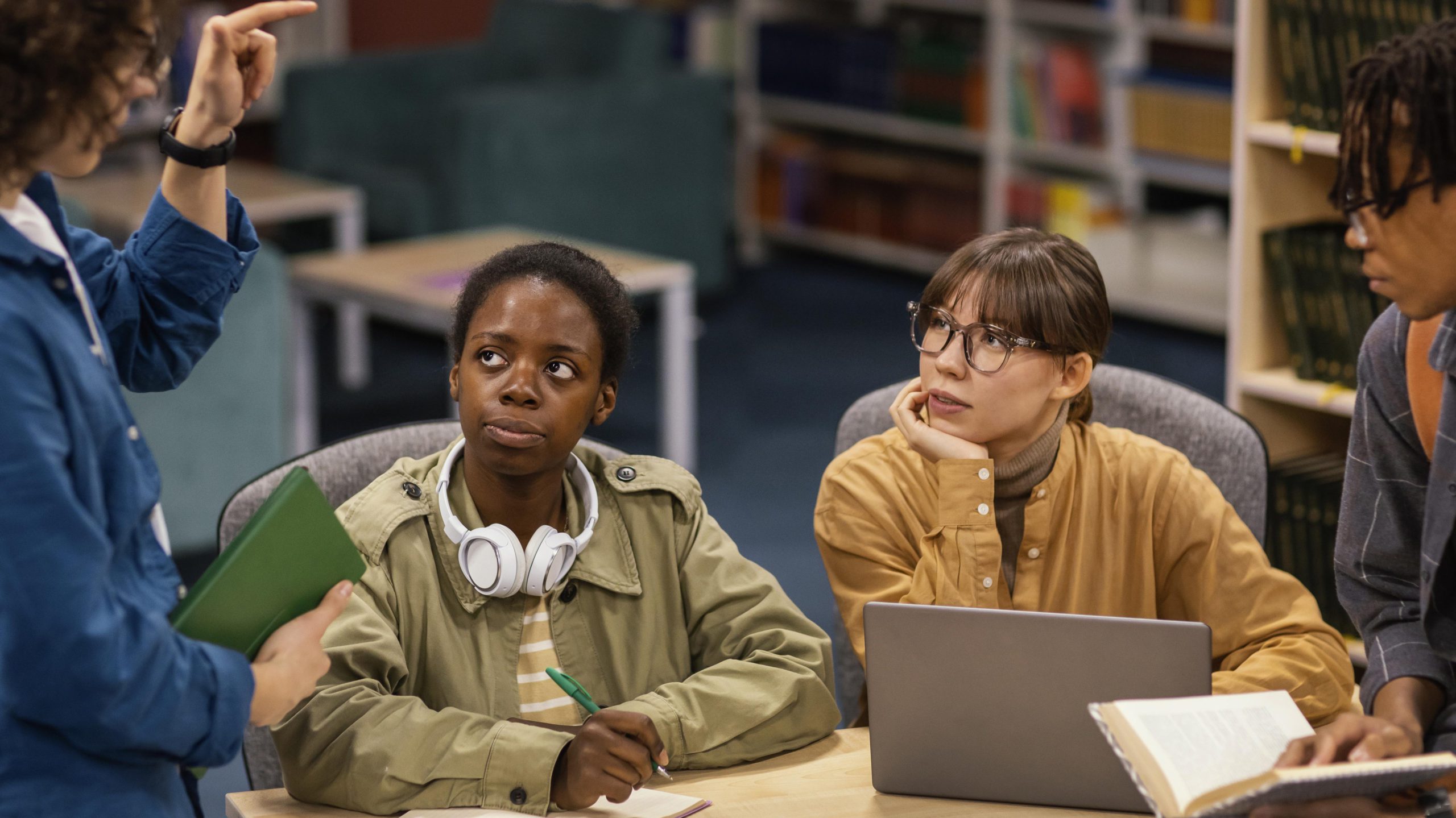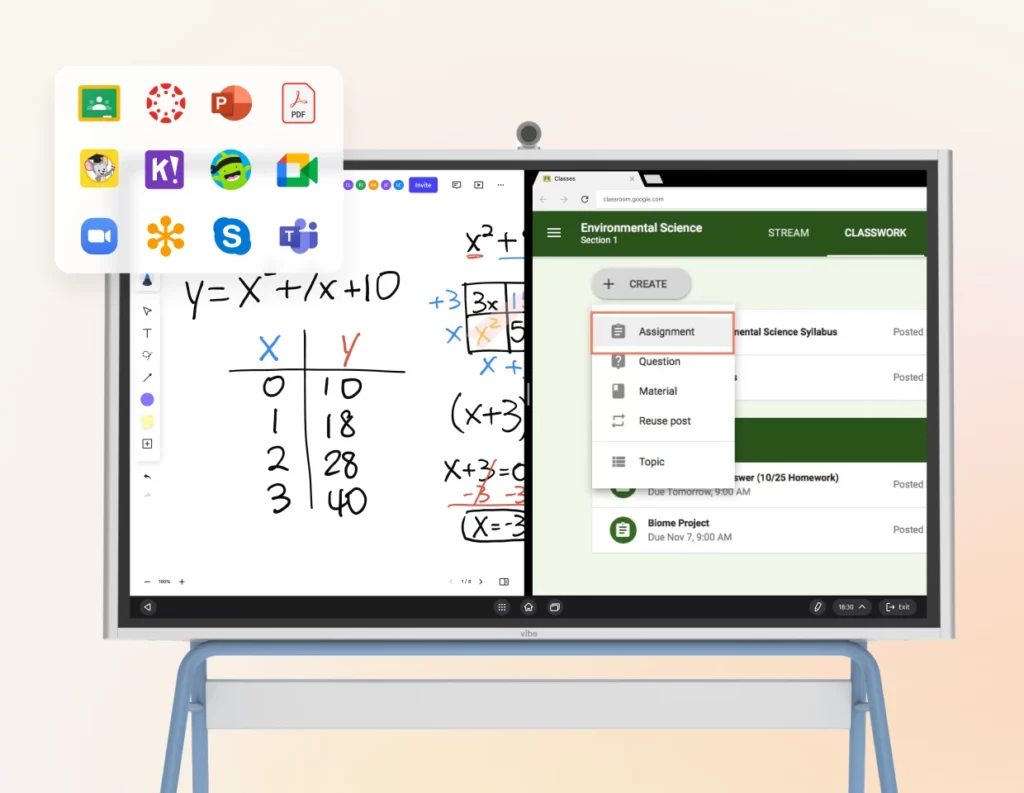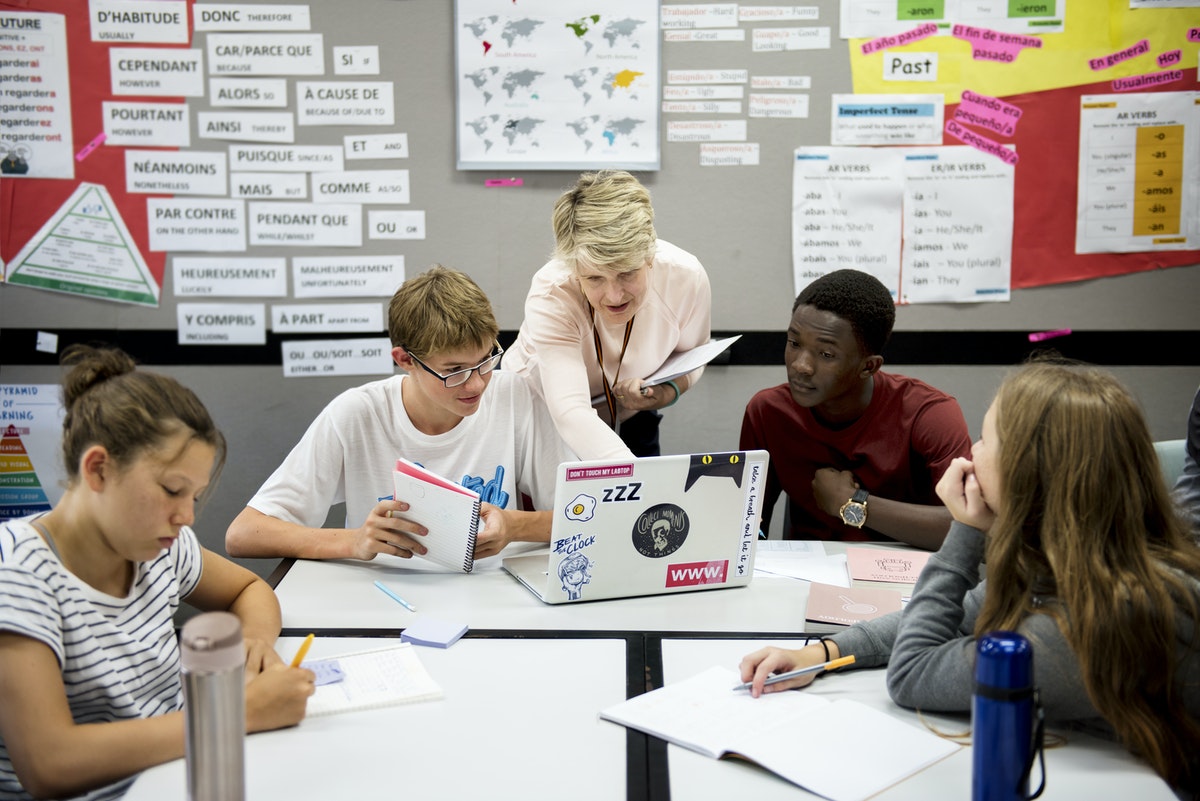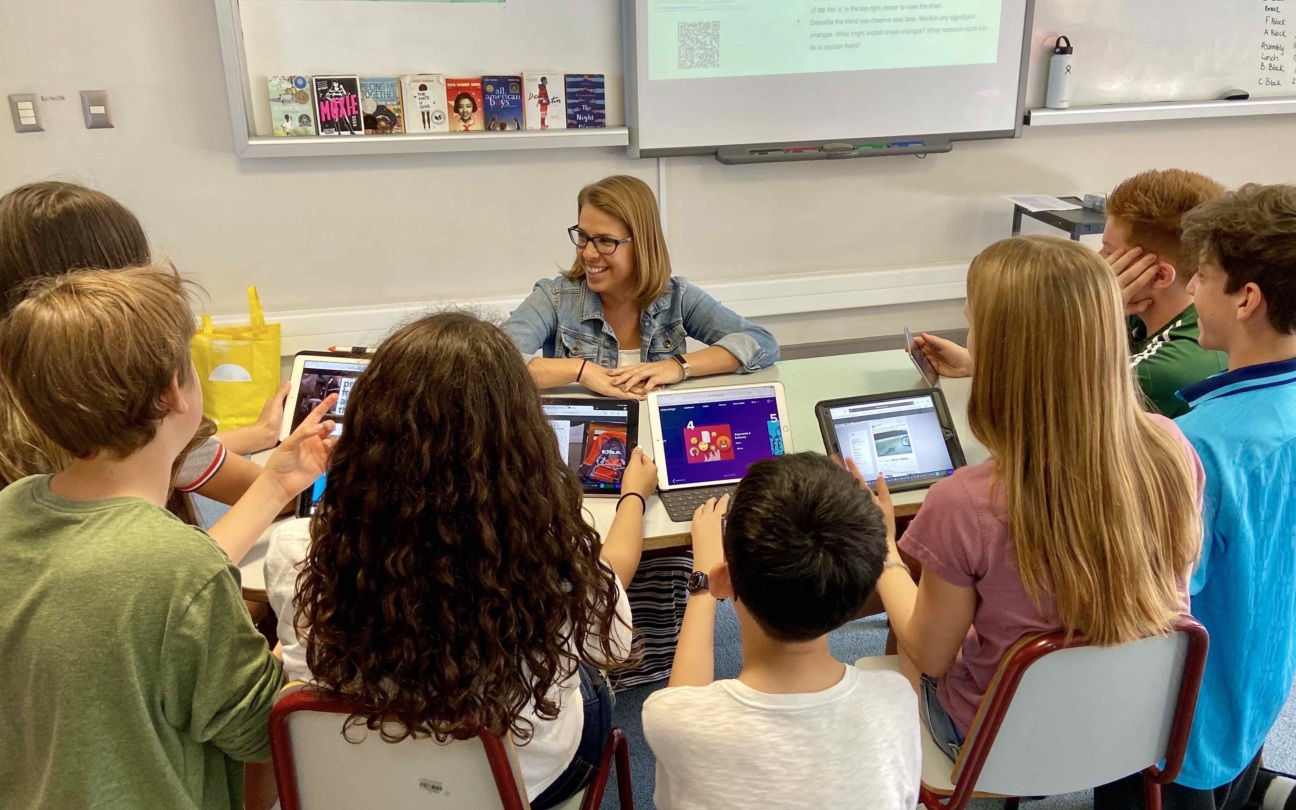Active learning is transforming classrooms and redefining what it means to truly engage students. Replacing passively absorbing information, students are now at the center of the educational experience, actively participating in every lesson. This shift is more than a passing trend–it’s a proven approach that fuels curiosity, builds critical skills, and sparks a love of learning. As schools and universities integrate new technology and seek new ways to boost student achievement, active learning stands out as a powerful strategy that brings lessons to life.
What is active learning?
Active learning is a teaching approach that places students at the heart of the educational process. Unlike traditional methods that rely on teacher-delivered lectures and student note-taking, active learning encourages students to do, think, discuss, and collaborate. This approach moves past just listening and memorization, urging learners to apply knowledge and skills in real time. Through active learning, students deepen their grasp of content, develop critical thinking abilities, improve retention, and build the confidence to tackle new challenges. The ultimate goal of active learning is to nurture independent, thoughtful learners who can transfer their skills beyond the classroom. As student-centric education approaches grow in popularity, it’s important to understand the differences between common pedagogical methods. The distinction between active learning and engaged learning is subtle but important: engaged learning focuses on keeping students interested, active learning ensures they are directly involved in constructing their understanding.

Benefits of active learning
Active learning offers a range of powerful benefits that are changing learning experiences for students. By making students more active participants in their education, this approach leads to greater engagement, deeper understanding, and essential life skills.
Improved student engagement
Active learning keeps students focused and invested in their education. When learners participate in group work, discussions, or hands-on projects, their attention is naturally drawn to the material. This heightened student engagement leads to fewer distractions and a more vibrant classroom atmosphere. Students who are actively learning are less likely to tune out or become bored, making it easier for teachers to maintain momentum.
Deeper understanding and retention
Active learning helps students retain information longer and understand concepts more fully. When learners are involved in activities like exploratory problem-solving or peer teaching, they process information differently and at a deeper level. This active engagement with content makes it easier to recall information later and apply it in new situations. Instead of just memorizing ideas, students build a solid foundation of knowledge that sticks with them. Active learning transforms short-term memorization into long-term mastery.
Development of higher-order thinking skills
Through active learning, students strengthen their ability to analyze, evaluate, and create. Activities such as debates, case studies, and simulations challenge learners to think critically and solve complex problems. These experiences foster the development of higher-order thinking skills that are essential for higher education academic success and real-world problem-solving. Active learning aids students in moving beyond surface-level understanding and becoming independent thinkers.
Enhanced collaboration and communication
Active learning environments emphasize teamwork and communication. When students use tools like interactive whiteboards to work together on projects or participate in group discussions, they learn to listen, articulate their ideas, and negotiate solutions. These collaborative experiences build essential social skills and prepare students for future careers where teamwork is key. Active learning both boosts academic skills and fosters a sense of community and belonging in the classroom.
4 Characteristics of active learning
What sets active learning apart is how deeply it shapes classroom experiences and student outcomes. Below are four key characteristics that explain why active learning is so effective and impactful:
1. Active participation, not passive absorption
Traditional learning positions students as passive absorbers, sitting quietly while teachers deliver information through one-way lectures. In contrast, active learning transforms students into engaged participants who discuss, debate, collaborate, and manipulate concepts directly, creating a dynamic classroom environment where learning becomes a shared, interactive experience rather than a solitary act of information consumption.
2. Emphasis on deeper thinking
Active learning pushes students to analyze, evaluate, and apply concepts rather than simply memorize them. This focus on deeper thinking helps learners develop the skills they need to tackle complex challenges both in and out of school. Consider the difference in approach: In a traditional science class, students might memorize the periodic table elements and their properties through repetitive drilling. In an active learning environment, students might investigate how different elements combine to create everyday materials, conduct experiments to observe chemical reactions firsthand, and design solutions to real-world problems like water purification or sustainable energy storage.

3. Student-driven exploration
Active learning encourages students to ask questions, pursue their interests, and connect ideas independently or with peers. This autonomy fosters curiosity and a genuine love of learning. Rather than following predetermined paths through the curriculum, students become investigators who generate their own research questions and seek answers through exploration and discovery. When learners have agency over their educational journey, they develop ownership and intrinsic motivation that extends far beyond individual assignments or assessments.
4. Collaborative learning environment
Active learning transforms classrooms into hubs of discussion and teamwork. Instead of only listening to lectures, students work together, share ideas, and learn from one another, making the learning process more dynamic and interactive. These collaborative spaces mirror real-world professional environments where success depends on communication, compromise, and collective problem-solving. Through structured group activities, peer feedback sessions, and team projects, students develop both academic knowledge and essential social skills while building supportive learning communities.
Examples of active learning
Active learning can take many forms, each designed to engage students and make learning memorable.
-
Group discussions: Students share their ideas and debate concepts together, building understanding through conversation.
-
Problem-solving activities: Learners tackle real-world problems in pairs or teams, applying their knowledge to find solutions.
-
Think-pair-share: Students first think about a question individually, then discuss their thoughts with a partner, and finally share insights with the class.
-
Interactive simulations: Role play or digital tools allow students to explore concepts through interactive learning, providing hands-on, immersive experiences.
-
Peer teaching: Students explain topics to one another, reinforcing their own understanding while helping classmates learn.
-
Gamification: Game elements like points, badges, leaderboards, and challenges are integrated into lessons to boost motivation and engagement. Gamification transforms learning into an interactive, rewarding experience, encouraging students to participate, collaborate, and persist through friendly competition and clear progress indicators.
These examples show how active learning makes lessons more engaging and meaningful, ensuring that students are always at the center of the action.
Changing classroom experiences with active learning
The classroom experience is evolving, and successful classrooms need to accept change and implement more active learning strategies. By shifting the focus from teacher-led lectures to student-driven activities, active learning creates a more holistic and successful classroom experience. Students are becoming active participants, shaping their own learning journeys like never before. This approach fosters curiosity, builds confidence, and equips learners with the skills they need to succeed beyond just school. As educators embrace active learning, they’re seeing improved student outcomes, stronger student relationships, and a new level of excitement in the classroom. Implementing these beneficial strategies requires the right tools and technology to support the level of collaboration, interactive engagement, and flexible learning environments needed in active learning. Without proper support, even the most well-intentioned active learning initiatives can fall short of their potential impact.
Vibe Board S1: Built with students in mind
The Vibe Board S1, a purpose-built interactive whiteboard for classrooms, is designed to enable easy adoption of active learning in today’s classrooms. With a 4K UHD intuitive touchscreen, real-time collaboration features, and seamless integration with digital learning tools, Vibe Board is a powerful tool to bring active learning to life. Students can brainstorm ideas, solve problems together, and participate in interactive simulations and more, all on a single, easy-to-use platform.
What sets the Vibe apart is its ability to adapt to any teaching style or subject. Whether students are working on math problems, exploring science concepts, or collaborating on creative projects, the Vibe Board S1 provides the flexibility and power needed for active learning to thrive. Its collaborative features encourage every student to contribute, building natural active learning experiences for both in-person and hybrid classrooms.
Ready to transform your classroom?
Learn more about the Vibe Board S1 and discover how it can empower active learning for every student, every day.









-1sbltxxq4FYxHrXrwJVLsCDNsXpqNa.webp)
-5Zp0pmSytvcuYDVs1LvuwplKuRneK0.webp)
